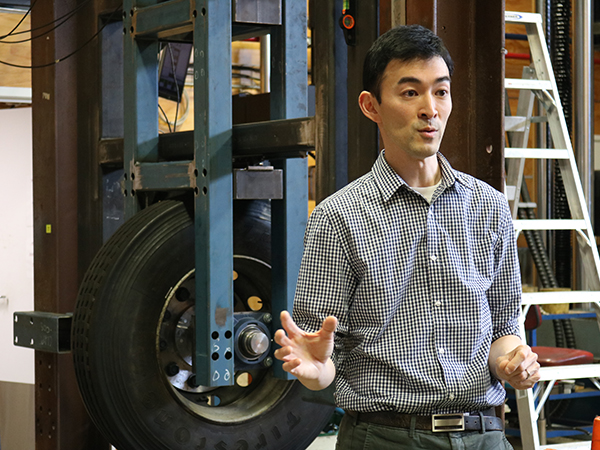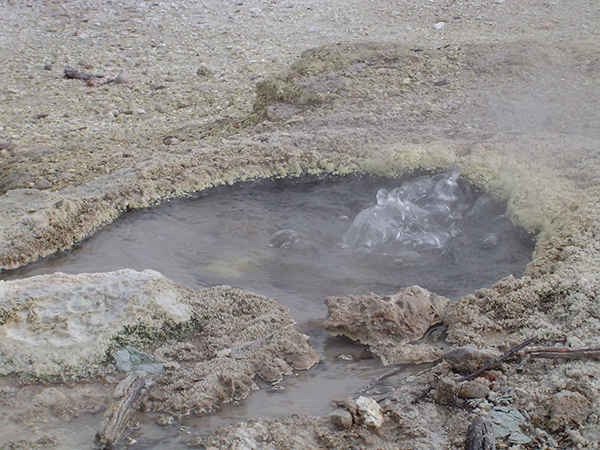Writing
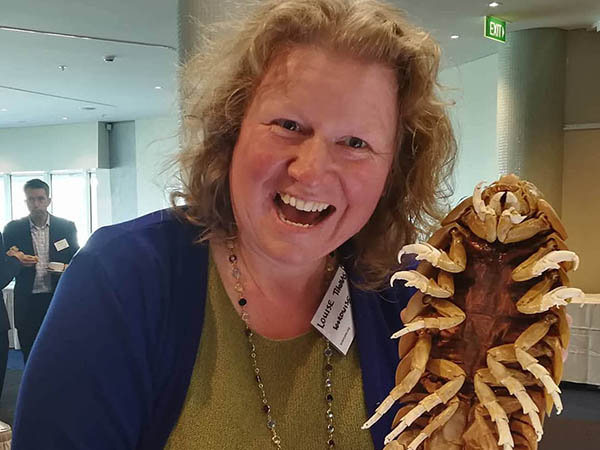
A slip of the keyboard . . .
After 30 years in New Zealand Science there are thousands of articles in the portfolio. Below is a small selection of work.
A sea slater (Bathynomus giganteus). This beastie is part of NIWA's (the National Institute of Water and Atmospheric Research) specimen collection. This one is a bit of a tiddler, the largest recorded specimen was almost 80cms. Scientists think their size might be an adaptation to the extreme pressure of the deep ocean where they live on the ocean floor. Sea slaters scavenge the ocean floor for dead animals - amazingly, they might only eat every couple of years.
Writing

Connections 30 Newsletter
Client: IRANZ
July 2020: A round up of research news from New Zealand's independent research organisations, including the Cawthron Institute, Malaghan Institute, Lincoln Agritech, BRANZ, Motu, MRINZ, and many more.
I compile, write, edit, take some photos, and design the Connections newsletter for IRANZ, as well as creating and maintaining their website.
Image: Rakicevic Nenad, Pexels.
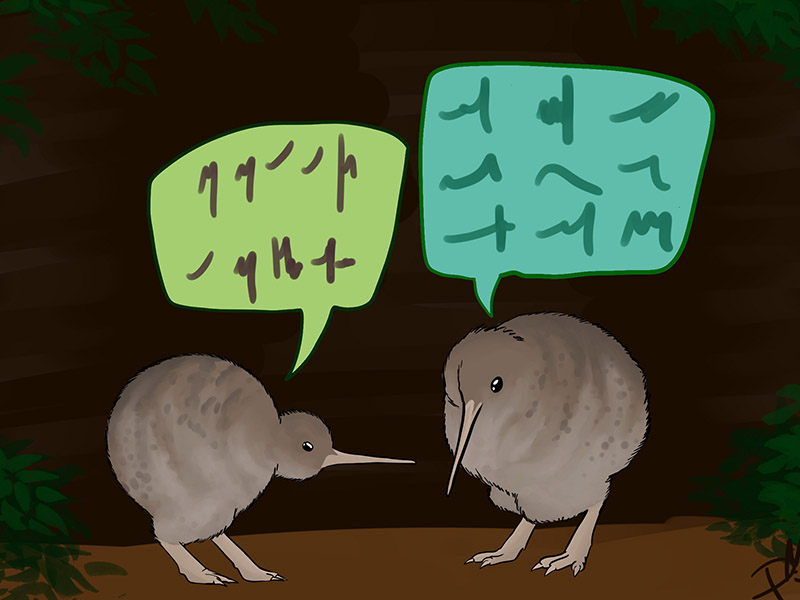
Verum Group studies kiwi calls
July 2020: In mid-July, Verum Group’s Behavioural Ecologist Dr Laura Molles returned to the Paparoa Range bush to collect the kiwi call recordings from the audio recorders the Verum Group team set-up in June. Verum now have two weeks of recordings, with over 2000 hours to analyse. Laura has counted 650 calls of female and male kiwi recorded across 10 of the 11 sites. The next step is measuring the detailed characteristics of all the songs to distinguish the different individuals.
A study examining the voices of kiwi in the Paparoa Range hopes to identify unique voices of individual birds and shed new light on their territorial roaming and other interactions. Image drawn by Caitlin Thomas-Riley.
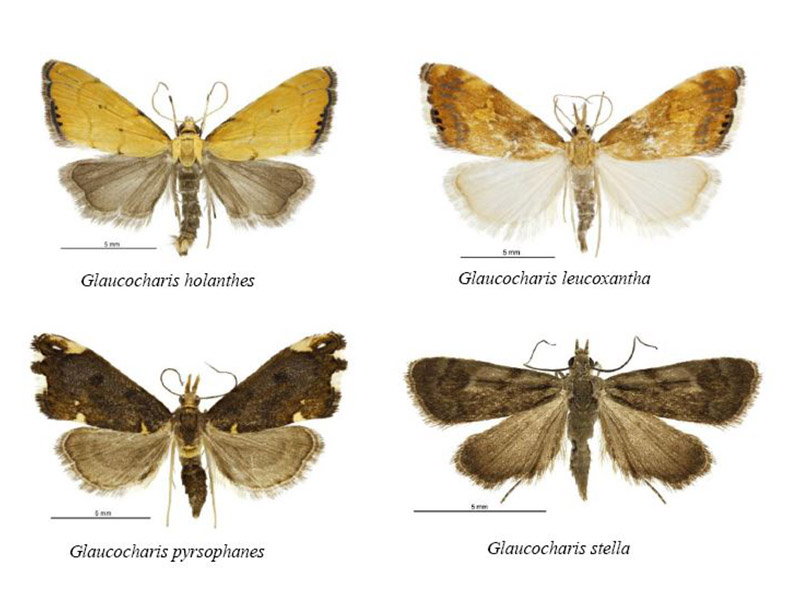
CMER studies important moth habitat
Client: CMER
June 2020: Aotearoa New Zealand has only 30–50 species of butterflies but probably over 2000 moth species. About 85% of these moths are endemic, occurring nowhere else in the world. While most moths are nocturnal, we also have many tiny moths that fly by day, and are not attracted to light at night; there are many that we know almost nothing about.
Dr Robert Hoare, an entomologist with Manaaki Whenua - Landcare Research has recently joined The Centre for Minerals Environmental Research (CMER) team and has published a study of the moths of Mt Te Aroha.
New Zealand moths. Photo: Dr Robert Hoare, CMER/Manaaki Whenua - Landcare Research.

Innovating Streets for People
September 2019: Hamish Mackie from Mackie Research says that when people think of great street design it is never about traffic-clogged streets or even good parking, but about quality urban places which are safe and attractive for walking, cycling, and spending time and money. This means greenery or water, lighting, walkways, cycleways, art, cafes, and slow traffic. Spaces for people.
I drafted this article with Hamish Mackie on the Innovating Streets for People project.
Temporary changes to make walking and cycling safer and easier on Federal Street in Auckland. Photo: Auckland Transport.
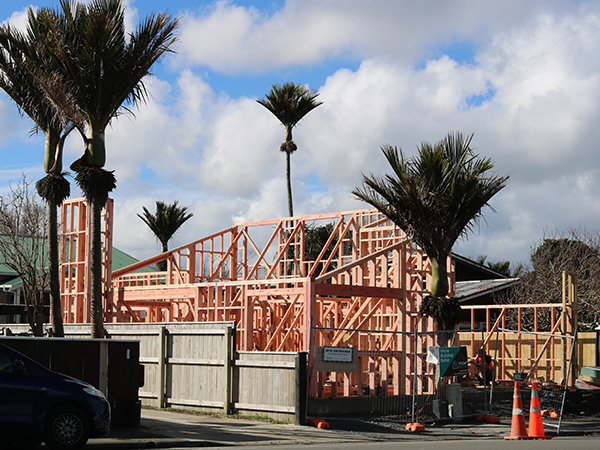
Building Better 17 Newsletter
Client: Building Better Homes, Towns and Cities National Science Challenge
June 2020: Research news from the Building Better National Science Challenge.
I compile, write, edit, take some photos, and design the Building Better newsletter for the Building Better Homes, Towns and Cities National Science Challenge, as well as looking after the newsletter mailing list, and creating and maintaining their website.
Under construction. Photo: Louise Thomas.
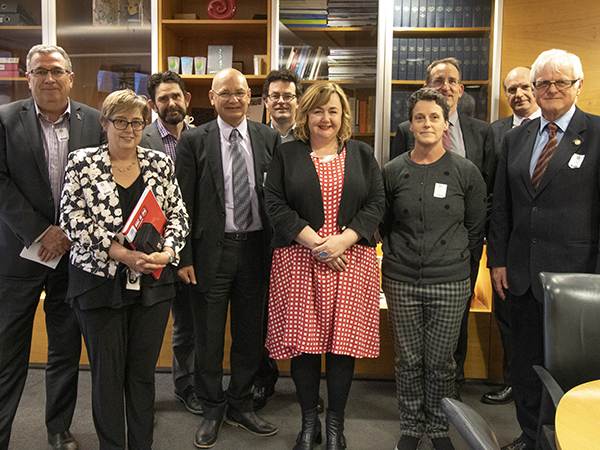
Meeting with the Minister
Client: IRANZ
August 2019: In late August, the Minister of Research, Science and Innovation the Hon. Megan Woods met with IRANZ members at the Beehive.
My role at the meeting involved taking notes (no recording devices allowed in the Minister's office!), a quick photo, and drafting and editing the linked article.
IRANZ executive members meeting with the Minister of Research, Science and Innovation the Hon. Megan Woods. From left: Peter Barrowclough, Wendy Turvey, Richard Capie, John Bright, Murray McCurdy, the Hon. Megan Woods, Irene Braithwaite, John McDermott, Robert Matheson, and Rob Whitney. Photo: Louise Thomas.
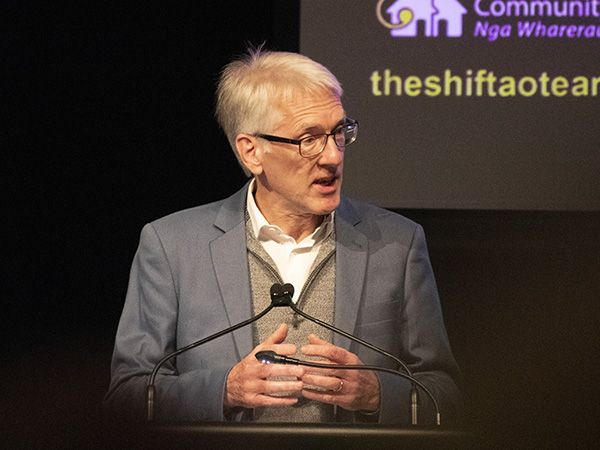
Housing as a human right
Client: CHA and Building Better Homes, Towns and Cities National Science Challenge
July 2019: Co-hosted by the Building Better Homes, Towns and Cities National Science Challenge, the Shift Aotearoa Conference in early June was a catalyst to provide a clearer picture to those in the government and the housing sector of what needs to happen to see all New Zealanders well-housed. One of the key-note speakers, Paul Hunt, the Chief Commissioner at the New Zealand Human Rights Commission, outlined a human rights approach to housing and provided a way forward for action in the New Zealand context.
Key-note speaker, Paul Hunt, the Chief Commissioner at the New Zealand Human Rights Commission, at the Shift Aotearoa conference in June 2019. Photo: Louise Thomas.
WSP – paving the way for better roads
September 2018: WSP Research have several exciting projects on the go, everything from developing roading materials using waste streams such as tyre rubber and plastics with bitumen, modifying chip seals and other road surfaces with non-bituminous materials that are less prone to water damage, to creating roads that will last for 40 years before needing replacing.
Dr Jeremy Wu gave IRANZ members and the Prime Minister's Chief Science Advisor, Prof Juliet Gerrard, a run-down on the research being conducted at the WSP Opus Research facility in Petone. Photo: Louise Thomas.

Graphic design, writing, & editing
Client: IRANZ
November 2016: The Research Review highlights how IRANZ Independent Research Organisations (IROs) are a vital and unique part of New Zealand’s science ecosystem, they are all different and they are a great way of enabling New Zealand to increase high-impact research by business, economic sectors, and the community. IROs consistently provide quality science outputs that provide high-impact results for their stakeholders and New Zealand, several examples are featured in the Annual Review. The Research Review also gives key information on each of the IRANZ IROs.
Geothermal projects full steam ahead
March 2017: Developing a geothermal spa and bathing facility in Rotorua and aiding Top Energy at Ngawha Springs to make better use of their brine discharge are two exciting geothermal projects that Heavy Engineering Research Association (HERA) engineers and various HERA member organisations are currently involved in.
Construction on the spa project is expected to begin later this year and the HERA team have been busy assessing the geothermal heat resources and preparing models of heating network arrangements and heat resource application potentials.
Photo: Louise Thomas

A royal rose cushion
Client: Creative with Workbox magazine
January/February 2016: The Queen Elizabeth rose is my favourite. Blousy big pink blooms present themselves mostly in long-stemmed clusters – like chummy little ballerinas, who have dressed themselves with varying success and then can’t go anywhere without their mates.
In a house my family and I lived in, we had a beautiful Queen Elizabeth rose, with large pink blooms in singles and clusters and glossy dark-green leaves, which did a marvellous job of hiding the neighbour’s brick garage.

Imaging Evolution: Mathematics of life
Client: Allan Wilson Centre
2014 Annual Report: Exploring possible evolutionary scenarios for any living organism requires the mathematical handling of huge volumes of data. It’s not enough, or even remotely accurate in many cases, to assume that species have evolved from a common ancestor by a simple branching process.

When genomes collide
Client: Allan Wilson Centre
2014 Annual Report: Colliding genomes, the adaptability of small populations, flight-loss in insects, and the evolution of cancer are all research projects winning grants from the prestigious Marsden Fund in the 2014 funding round. The four projects by Allan Wilson Centre Investigators will each receive $808,000 in funding.
These four projects were among 101 selected from more than 1200 applicants from New Zealand universities, Crown Research Institutes and independent research organisations.

League of Lock Pickers
Client: The Shed magazine
June/July 2015: In a sash-windowed meeting room in the upper reaches of the historic Thistle Inn in Wellington, an unusual band of people are preparing for their monthly meeting. Master lock picker and meeting organizer Derek Robson, aka D.Roc, is assembling an array of locks; dozens of them - mortise locks, pin tumbler locks, tubular locks, various padlocks, combination locks, wafer locks, even a selection of handcuffs, to challenge tonight’s group.
They are LockSport Wellington, and they get together to, well, pick locks for fun. It’s the sort of pastime Conan Doyle’s Sherlock Holmes might have indulged in.
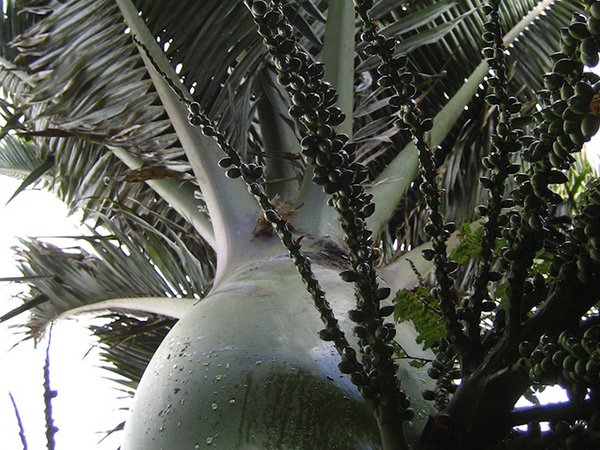
Small islands breed big seeds
Client: Science Learning Hub
September 2014: Island gigantism is a phenomenon sometimes seen in animal evolution in such species as the Komodo dragon, Madagascar’s extinct elephant bird and New Zealand’s extinct moa. Researchers from Victoria University of Wellington wanted to see whether the same type of gigantism could also be seen in plants and were able to show that plants that have evolved in island settings grow larger seeds than their mainland relatives.
The Chatham Island nīkau (Rhopalostylis aff. sapida) has seeds 175.83 mm2 – more than twice the size of the mainland Nīkau (Rhopalostylis sapida) seeds at 80.79 mm2. Image: Public Domain.
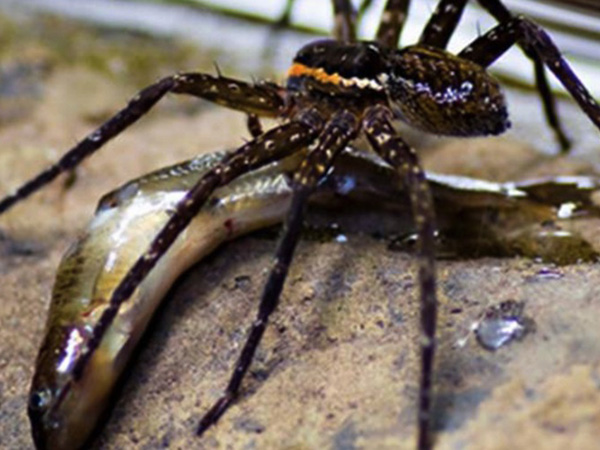
Fish-eating spiders
(note the hyphen)
Client: Science Learning Hub
November 2014: It seems that New Zealand, along with many other countries, is home to spiders partial to a fish dinner. In a first of its kind study into fish predation by spiders, a pair of researchers from Australia and Switzerland found that New Zealand’s Dolomedes dondalei was capable of catching little fish.
Dolomedes sp. preying on a mountain galaxias (Galaxias olidus) on the bank of North Branch Creek near Goomburra, Queensland, Australia. Credit: Nyffeler M, Pusey BJ

Heart attack bacteria
Client: Biotechnology Learning Hub
November 2014: It has long been believed that over-exertion, stress and emotional shock can cause heart attacks in vulnerable people, but the pathway by which this occurs has remained uncertain.
A confocal microscope image of bacteria in the carotid arterial plaque sample from a patient examined in the research. Credit: Davies, D. et al

Mutating genes to detect cancer
Client: Biotechnology Learning Hub
December 2014: Medical researchers from the UK, the US and Canada have developed a new tool that identifies mutating genes to detect the early stages of oesophageal cancer.
A schematic of the human oesophagus and stomach. Researchers sampled cells from the full length of the oesophagus to the top of the stomach to look at a tool for early detection of oesophageal cancer. Credit: Dmytro Demianenko, licensed through 123RF Limited

Quantum Clocks
Science Learning Hub
December 2014: Having the right time is unbelievably important for technologies that involve positioning and navigation such as global positioning systems and space navigation or for synchronisation in the world of high-frequency frenzied financial trading. To get it all exactly right, an international team of physicists is proposing a network of atomic clocks linked at the quantum level, which they say would be more accurate and stable than any individual atomic clock on Earth.

A genome for ewe
Client: Biotechnology Learning Hub
November 2014: Mapping the whole genome of the sheep (Ovis aries) was completed earlier this year. The information is contributing to a myriad of new research projects to improve the health and meat and wool yields from New Zealand’s most populous farm animal.
Texel sheep. Credit: Lene, Storebukkebruse

Making male mosquitoes
Client: Biotechnology Learning Hub
October 2014: A bit of genetic trickery may hold the key to controlling the spread of mosquito-borne diseases such as malaria.
A female Anopheles gambiae mosquito feeding. This specimen has landed on a human skin surface and is in the process of obtaining its blood meal through its sharp, needle-like proboscis, which it has inserted into its human host. Credit: James Gathany, released into the public domain by Dept. for Health and Human Sciences, Centres for Disease Control and Prevention.

Hi-tech drones copy nature’s design
Client: Science Learning Hub
September 2014: Animals from bees to bats are inspiring the new generation of drones or flying robots, and large military strike drones aside, the robots themselves are getting smaller, with microdrones the size of a bug on a flower to eagle-inspired quadcopters with the ability to snatch up objects at speed.
In June, the journal Bioinspiration & Biomimetics published an open-access special edition focused on drone research. Fourteen research teams showcased their latest experimental efforts and the nature inspiration behind the technology.

Our place in space
Client: Royal Society of New Zealand - Alpha Series Publication
From missions to the International Space Station to discovering new planets, astronomers, scientists, teachers, technicians and engineers around New Zealand are involved in a variety of space-related research, an industry which, because of our geographical location, is set to rocket ahead in this country.

The science behind special effects
Client: Royal Society of New Zealand - Alpha Series Publication
With today’s technology, imagination is the only limit to what can be created on a movie screen. And nowhere in the world is the imagination more unlimited than at New Zealand’s own WETA Workshop and WETA Digital.
Weta Workshop makes models, props and miniatures, whereas Weta Digital creates virtual characters and computer generated special effects. Audiences around the world were awestruck when the Lord of the Rings trilogy hit the big screen. Trees walked, massive armies of men and elves battled evil Orcs, and through it all marched an unlikely fellowship of brave little hobbits, a tall wizard, brave men, an elf and a dwarf and of course the lurking Gollum (aka Smeagol). The special effects were quite simply amazing, and creating them is not only an art but an exact science.

The energy we use in New Zealand homes
Client: Royal Society of New Zealand - Alpha Series Publication
Science is often thought of as something that is carried out in laboratories, in remote jungles, under the sea or high up in space. We often overlook the science under our noses – for example, we know more about the living conditions of astronauts than we do about the houses in which we live.
This ALPHA uses science to explore the ways we use energy in our houses and ask questions about the energy issues that face New Zealand in the future.
It provides some sample data from the Household Energy End-use Project (HEEP) to allow you to explore how the energy use in your house compares to other houses.
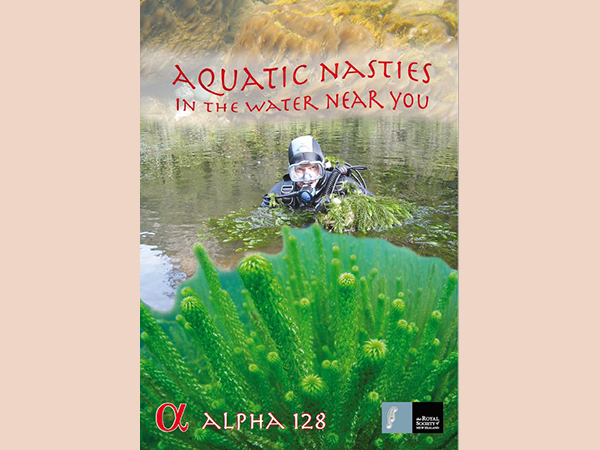
Aquatic nasties in the water near you
Client: Royal Society of New Zealand - Alpha Series Publication
The alga didymo (Didymosphenia geminata) has been causing problems in the South Island. Didymo is part of the algal family of single-celled aquatic plants known as diatoms. Their cell walls contain silica, and the blooms are silky to touch, although they look slimy – didymo feels like wet cotton wool. Like other algae it is invisible to the naked eye until it blooms to form dense colonies.
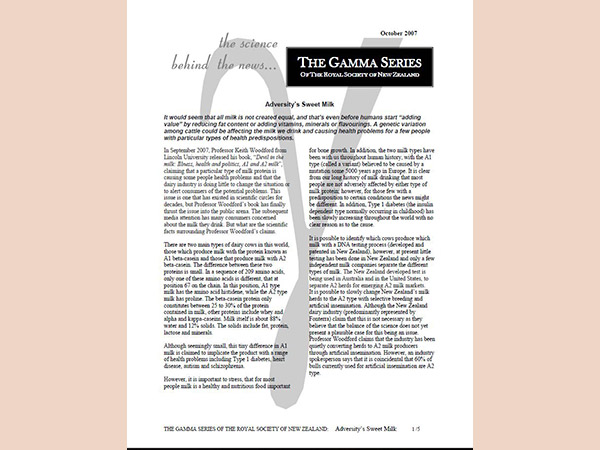
Adversity’s Sweet Milk
Client: Royal Society of New Zealand - Gamma Series Publication
October 2007: It would seem that all milk is not created equal, and that’s even before humans start “adding value” by reducing fat content or adding vitamins, minerals or flavourings. A genetic variation among cattle could be affecting the milk we drink and causing health problems for a few people with particular types of health predispositions.

Yucky dirty hands
Client: Royal Society of New Zealand - Gamma Series Publication
February 2007: It would seem that we New Zealanders, both young and old, are not as good about washing our hands as we would like to believe. A recent survey in a primary school by the NZ Foodsafe Partnership Pilot School Hand Hygiene Campaign (Simmons et al, 2006) revealed that over a third of students did not wash their hands after visiting the toilet. Almost half of all male students did not wash their hands after visiting the toilet and of the half that did, over three quarters did not use soap.
Photo: Louise Thomas
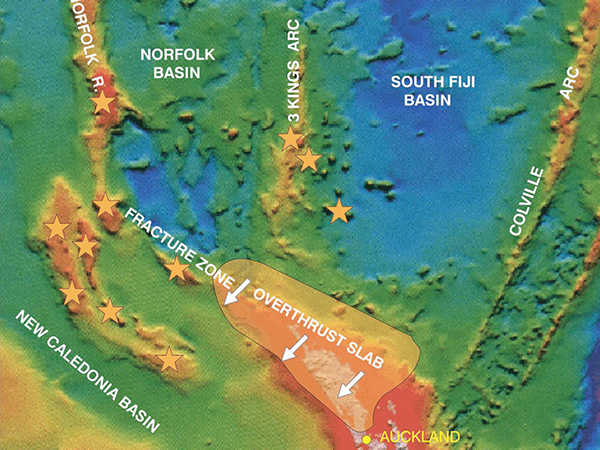
A link to the Tropics
Client: NZ Geographic Magazine
June 2003: In August 2002, a scientific cruise to geologically map an area of seabed off the coast of Northland uncovered evidence of a series of ancient but now submerged islands which scientists believe may have been part of a land bridge once used by organisms to reach New Zealand. The area in question lies just seaward of the continental shelf, along the North land peninsula which forms the upper part of the North Island.
Expedition leader Rick Herzer, from the Institute of Geological and Nuclear Sciences, says that the area “is one of the last great geological hunting grounds of the Pacific, and we went out there in search of missing pieces to the South Pacific tectonic jigsaw.”
Image: Rick Herzer, GNS.

When crocs and snakes roamed NZ
Client: NZ Herald
July 2002: Snakes and crocodiles could have inhabited New Zealand up to 18 million years ago.
Geologists working in a fossil lake near St Bathans, Central Otago, have unearthed a treasure-trove of animal and bird fossils which is set to excite scientists around the world when it is officially announced in Sydney today. The remains, between 18 and 14 million years old, include snakes, fish, fragments from as yet unidentified mammals and teeth and scutes (bony back plates) of an ancient crocodile.

Wandering mollusc has Aussies worried
Client: NZ Herald
December 2000: SYDNEY - New Zealand immigrants of a different kind are making their mark in Australia.
At last week's Molluscs 2000 conference in Sydney, delegates were concerned at the spread of the New Zealand screw shell, Maoricolpus roseus. Introduced to Tasmania about 70 years ago, the species has now appeared in Sydney Harbour.
"It's a millennium marathon with uncertain environmental consequences," says an ecologist at CSIRO Marine Research, Dr Nic Bax.

Planets' alignment no threat to life on Earth
Client: NZ Herald
June 2000: Today is a doomsayer's delight. They have predicted earthquakes, the Earth's poles shifting - even the end of the world.
The fuss is all because today the sun, moon and six of the planets are arranged like cosmic marbles in a planetary alignment of the sort that has been attracting predictions of doom for centuries.
Planetary alignments happen about once every 20 years.
And many of them, particularly when five or more planets are involved, have been accompanied by end-of-the-world predictions.
Jupiter and the Galilean moons. Photo: Caitlin Thomas-Riley.

World asthma study blows old theories
Client: NZ Herald
June 2000: Asthma is not giving up its secrets easily.
A global study of childhood asthma and allergies involving more than 700,000 children in 155 centres across 56 countries has netted results that present medical thinking is at a loss to explain.
Researchers are finding striking differences in the prevalence of asthma in different countries. (After Britain, New Zealand is the second wheeziest nation in the world.)
Professor Richard Beasley. Photo: Otago University.

Study draws bead on prostate ills
Client: NZ Herald
June 2000: New Zealand has the sixth-highest rate of prostate cancer in the world. It is the most common cancer among men and there are 500 deaths a year here as a result of the disease.
With the ageing population, it has been estimated that deaths could increase to more than 1100 a year over the next 20 years. However, research in the United States may help stem the tide of prostate cancer deaths with advances in a standard diagnostic tool, the prostate specific antigen (PSA) test.
Photo by rawpixel.com from Pexels
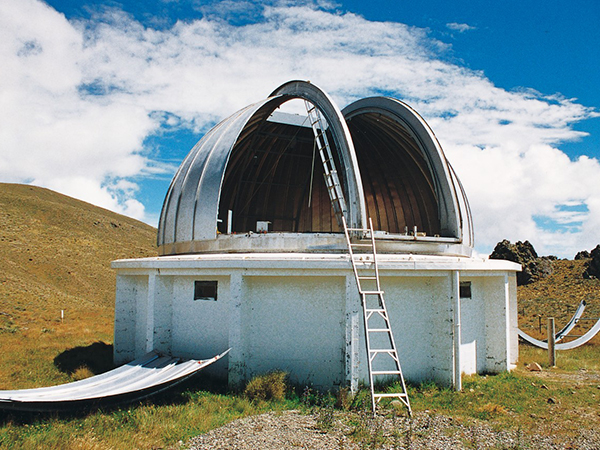
Black Birch resurrected
Client: NZ Geographic Magazine
June 1999: Unusual bumps in the night have had more than one farmer peering over the fence in rural Wairarapa recently. But perhaps such disturbances are only to be expected as an 11-hectare site near the town of Carterton undergoes preparation to become the largest astronomical research facility in the North Island, one which will house the largest fully automated telescope in the country.
